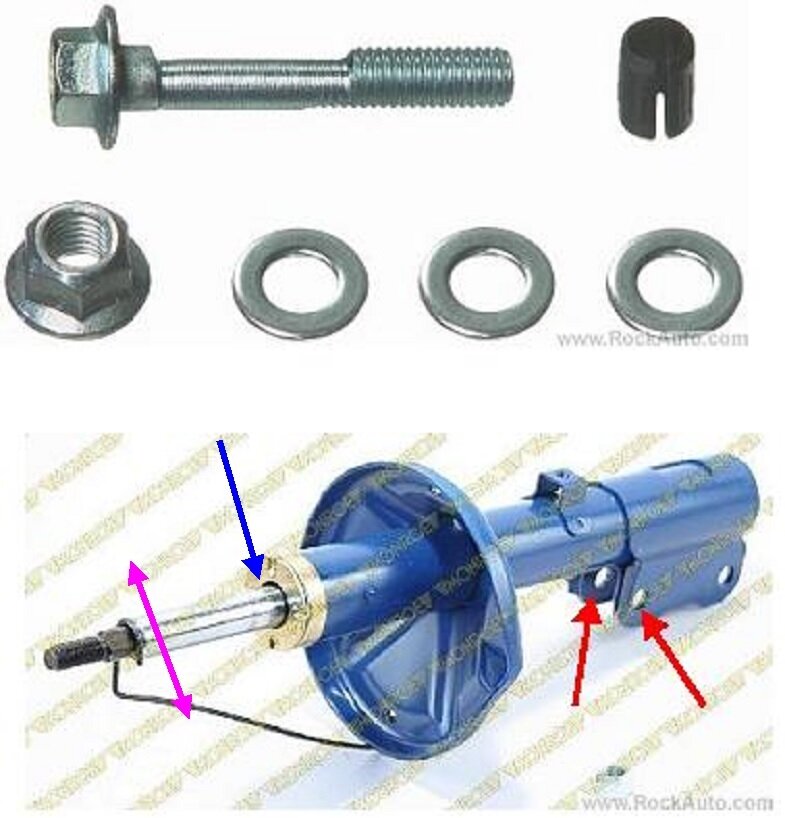That can be caused by a horribly worn strut, but it would have to have been ignored for a really long time. The way to identify that is to reach over the top of that tire, through the lower loops of the coil spring, and place your fingertip on the top of the strut body and touching the shaft where it comes out the top. You may need to push up a rubber or plastic dust boot to touch the shaft. Now, with your other hand, push and pull on the top of the tire. If that is where the wear has taken place, you'll feel the shaft move back and forth. One thing to watch out for is if you tend to raise and lower the body of the car, that shaft is going to extend and retract a little. That can mistakenly be felt as the sideways movement we're looking for.
If you do find that wear in the strut, that can make for miserable driving, but it isn't going to separate or lead directly to a crash. You can drive to the repair shop like that. What is not safe to ignore is a worn ball joint or tie rod end. The good news is you're not going to cause or see objectionable movement in those parts sitting on the side of the road. A worn ball joint needs to be "unloaded", meaning the tire is raised off the ground and the suspension system is hanging freely. That allows worn parts to be moved around so that wear becomes evident.
A worn tie rod end shows up when tugging the tire left and right. You'll feel the clunking, but that's hard to do sitting on the ground. These parts are best checked with the car on a hoist.
The strut is just the opposite. On a hoist with the suspension hanging down, it's the strut that reaches the end of its travel, then holds the lower parts up. That tension on the strut makes movement impossible, so wear can't be detected that way.
At the mileage you listed, worn steering and suspension parts are to be expected. Periodic inspections should be a part of normal maintenance. Many tire and alignment shops do that for free, and most do it for free if you have the repairs done there. Most parts, when replaced, require an alignment too, so plan for that.
This photo shows a typical strut. When they're worn to the point of clunking and wobbling, the hole at the top of the body, (blue arrow), becomes elongated. When you feel that movement when tugging on the tire, the shaft is moving back and forth in that elongated hole, (purple arrow). The oil inside will have leaked out a long time ago before it gets this bad, so that corner of the vehicle would have been bouncing for a long time.
Let me know what the inspection shows up.
Image (Click to make bigger)
Thursday, March 6th, 2025 AT 11:13 AM
